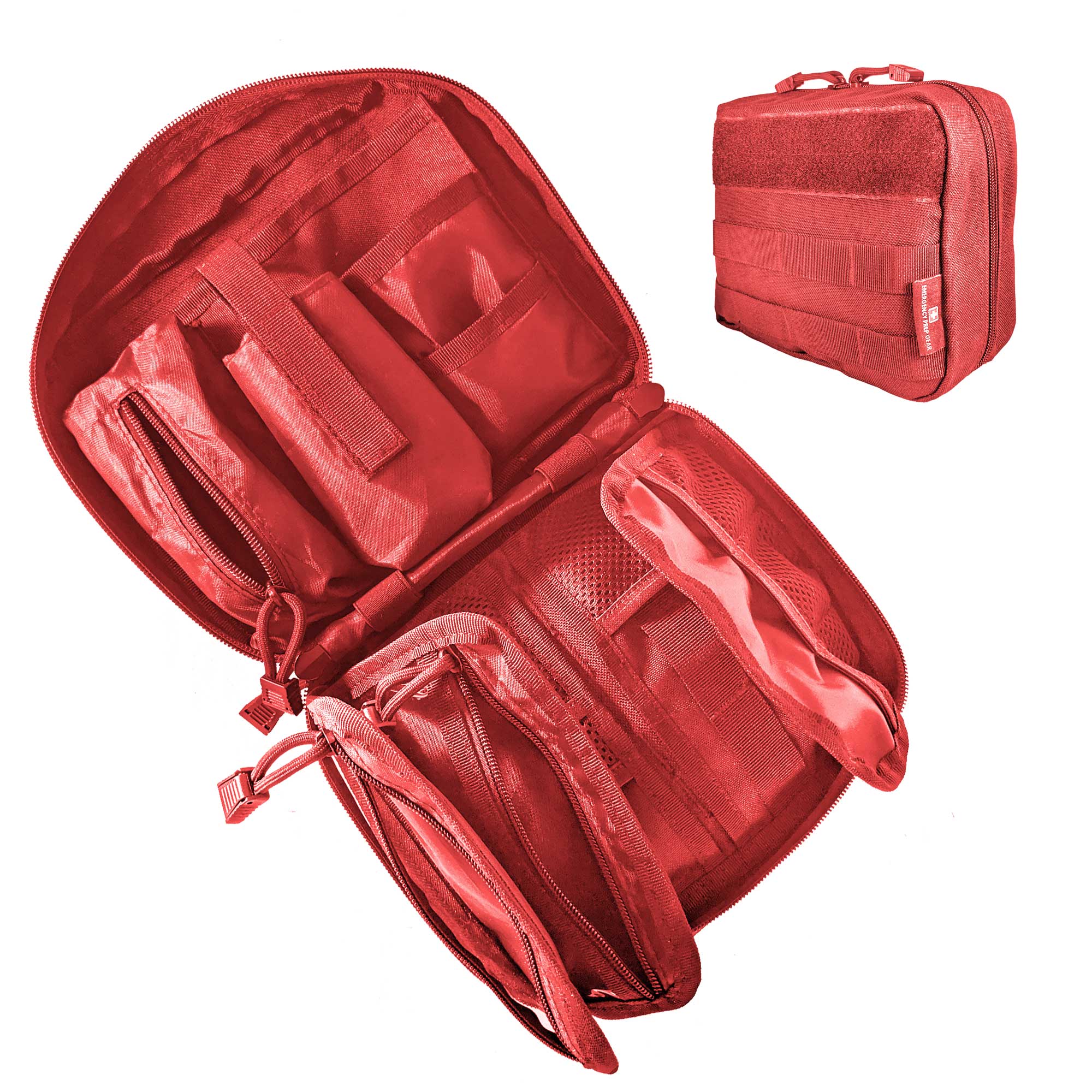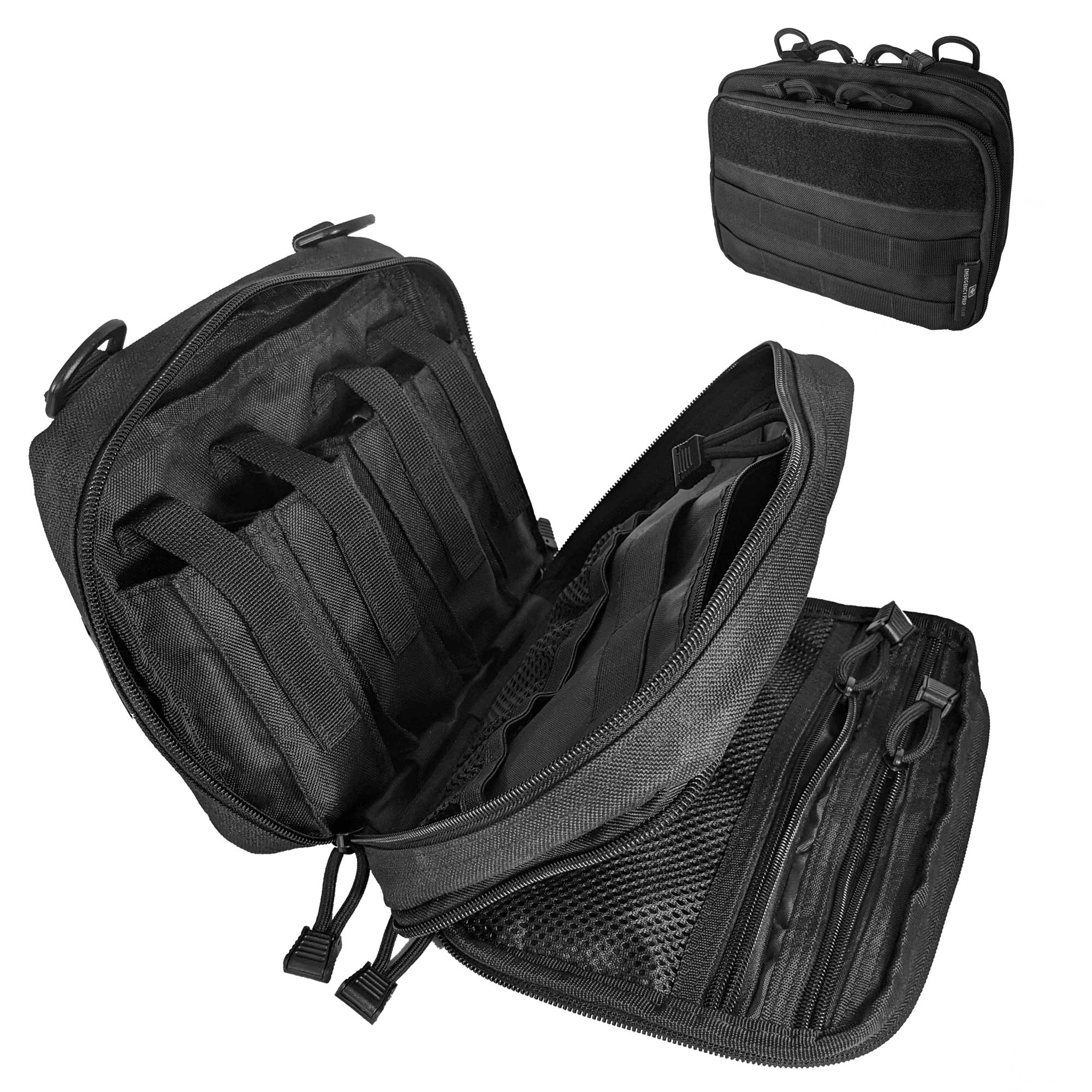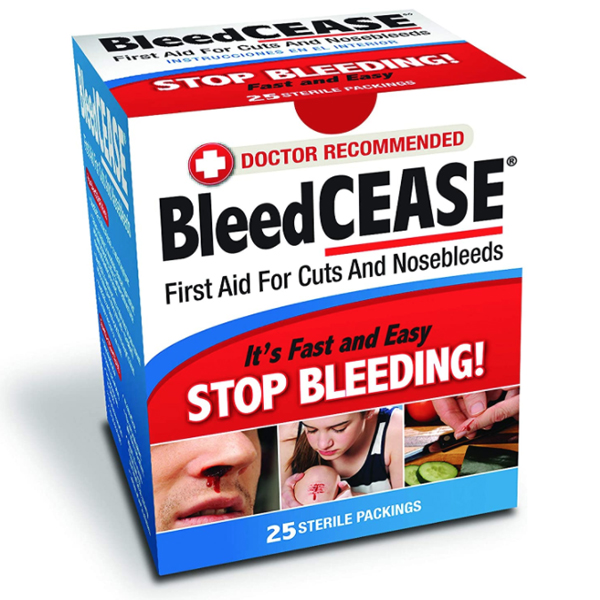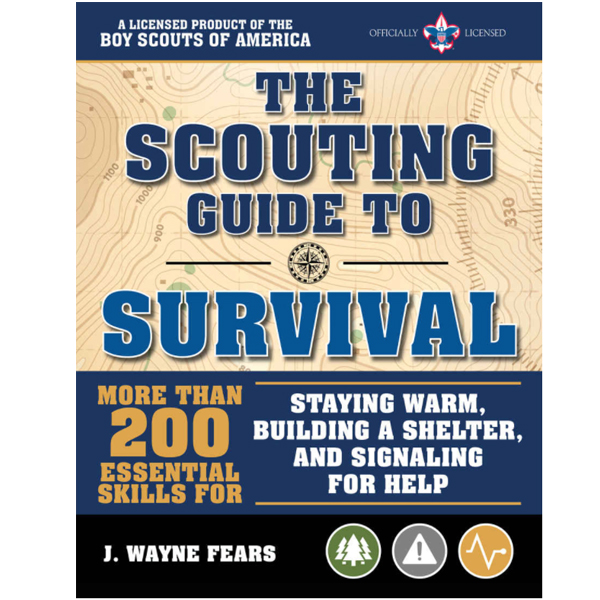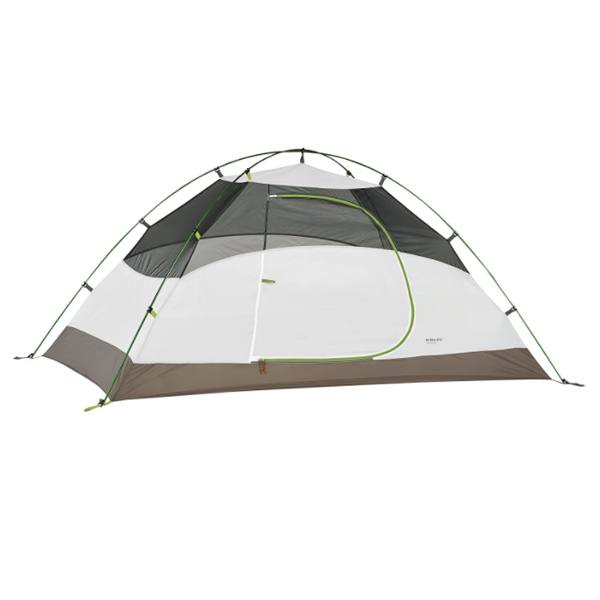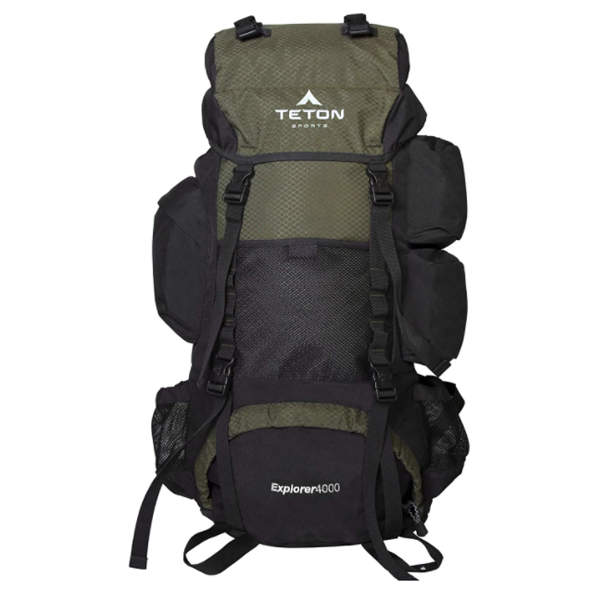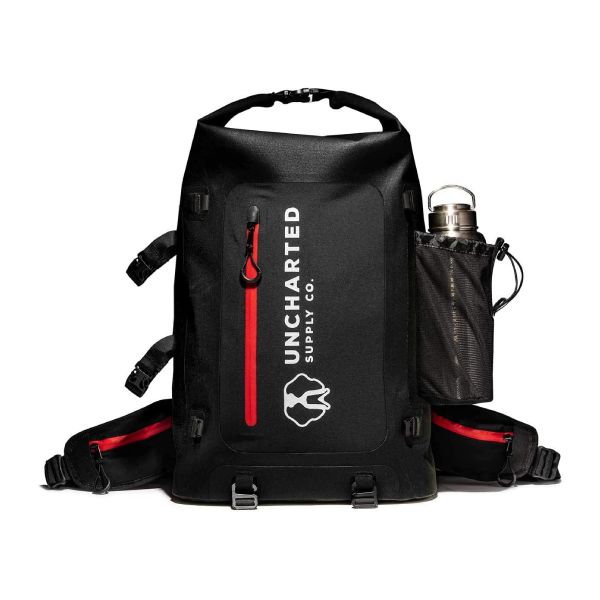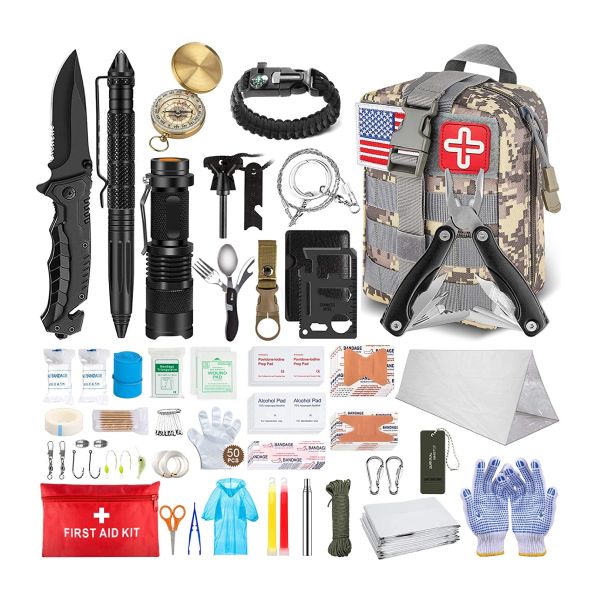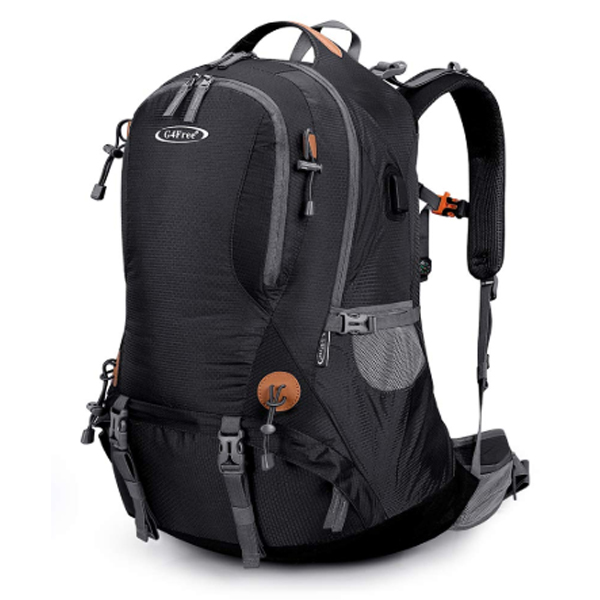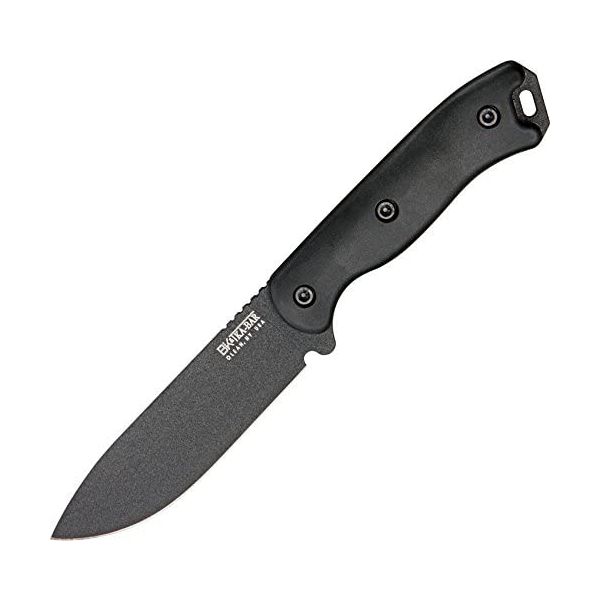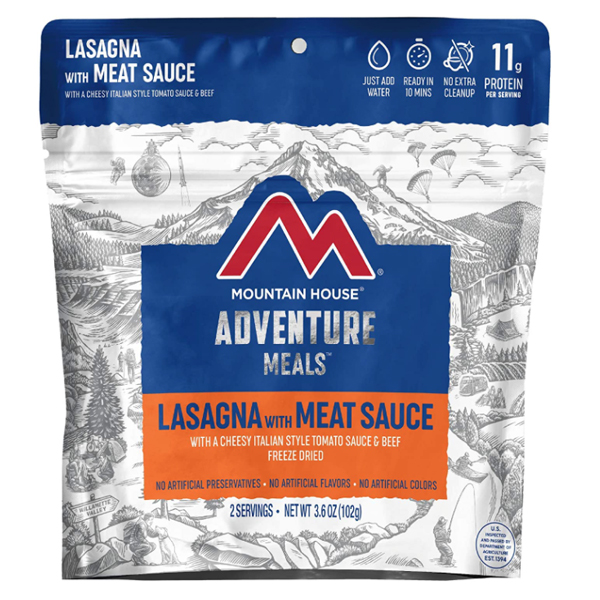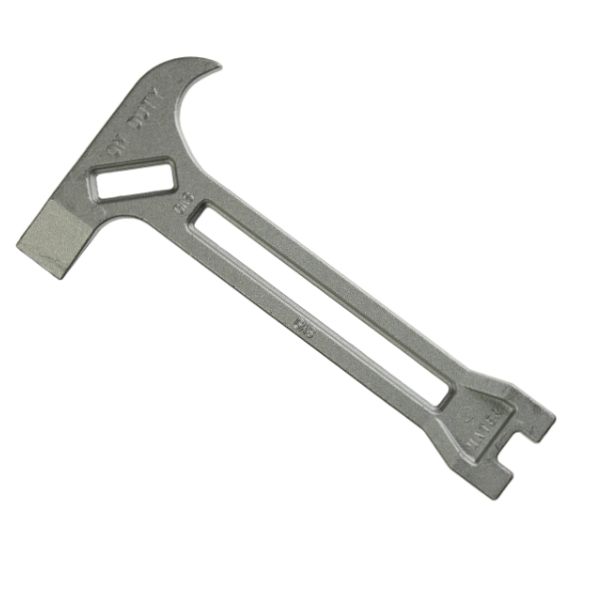Complete Guide to Survival Gear and Survival Essentials
Shop Quality Survival Gear
When shopping for survival gear you usually get what you pay for. Most gear is produced and sold in such high quantities that the margins are relatively slim. That means that when you pay for a product you're actually paying for the materials, labor, and technology required to develop, manufacture, and distribute the gear.
When an emergency actually occurs you want tools and supplies that hold up to the challenge.
Don't Buy Gimmicky Gear
There are a ton of survival gimmicks out on the market. We've tested a bunch of them and the fail so easily when used in real life situations. Avoid cheap products and gimmicks.
For example, my son got a knock-off Swiss Army Knife as a gift. He took it on a Scout camp. When he got home he walked in and showed me 3 broken pieces: the blade, the body, the saw. The knife didn't even survive a campout.
Shop on a Budget
Most of us can't buy all the survival gear we need in one shot. It makes sense to set aside a budget, prioritize the gear we need and buy the next item on the list when it makes sense. You'd be surprised how quickly your gear builds up when you shop at regular intervals.
About This Article
Content:
Scope:
Difficulty:
Table of Contents
Top Rated Survival Gear Catalog
We only add survival gear to our catalog that has a great rating, great test results, or comes highly recommended. We've actually used most of the gear or have seen it in action before we list it here. Since we don't do the product fulfillment we can't warranty the gear but we strongly recommend it.
Shop these top product categories:
Recently Added and Reviewed
We add new gear and supplies regularly. Here are some of the most recently added items.
Choosing Survival Gear
There are a few well known guidelines to follow when shopping survival gear. The goal is to find and acquire great gear you can rely on in a pinch.
Shopping Guidelines
- Buy quality gear - Choose quality gear you can rely on. We're not saying to always pay the most for your purchase - we're saying make sure you don't buy cheap, unreliable gear. You'll need to depend on it at some point.
- Prioritize your purchase - Our checklists prioritize the gear you need. Buy it when it makes sense for your budget. Buy it in order of importance.
- Organize your items - Stow the gear in pouches and packs so you can find it when you need it. Some people use their gear in day-to-day activities. It can wear out and get lost. Make sure you have your quality gear in a place you always expect.
5 C's of Survival Gear
The most essential survival tools and supplies can be remembered in these 5 words:
- Cutting - Get a quality knife or multi-tool. You may need to cut food, wood for shelter, cord, and many other things. A great cutting tool can be your most valuable tool
- Combustion - Fire is super important as well. You can cook, keep warm, provide light, protect against animals, etc. A great firestarter is a critical resource.
- Cordage - Make sure you have paracord handy. You can build shelter, make weapons, fix clothing, secure gear, suspend food, etc. 50ft of paracord should be a minimum.
- Container - You'll want a number of containers. Organize your gear in pouches, bags, and bins. Store water and food in their containers. Invest in the right containers.
- Cover - Staying out of the elements can be lifesaving. Use a tent, camping tarp, or make a shelter. It's best to have a waterproof option on hand.
Survival Priorities
You should prioritize your gear purchase based on the survival priorities (listed to the right). We can survive only when the top priorities are taken care of. For example, if we're bleeding out from an injury having a food source doesn't really matter. We have to take care of the urgent items first and then stay busy solving the next challenge.
Be sure to purchase your survival gear based on the most critical priority first.
Survival Priority List
Priortize your gear and supplies based on this list.
- Air
- First Aid/Mental Health
- Communication
- Tools
- Shelter
- Warmth
- Water
- Food
- Hygiene
- Self Protection
- Extra Clothing
- Container
Survival Priorities Explained
Emergency Kits and Survival System
There are a number of ways to buy or build a kit. We strongly recommend looking at your survival gear as a system. We also recommend building your survival system over time so you can stay on a budget. We've divided our recommended system into stages.
Explore the whold survival system
Stage 0: EDC
(personal kit)
The items you commonly carry with you are called "every day carry" items. Most people carry a wallet, watch, purse, pocket knife, multi-tool, jewelry, etc. If you plan ahead, you can carry normal items that have survival functions.
Stage 1: Emergency Essentials
(personal kit)
Certain emergency items are essential to survival (see the 5 C's above). We recommend investing in these items first and organizing them in pouches you can transfer from your day pack to your go bags, etc.
Explore Stage 1: Emergency Essentials
Stage 2: Go-Bag (Bug Out Bag)
(personal kit)
There are a number of types of go-bags. We recommend assembling a bug out bag. You'll be mobile and ready for a lot of emergencies with a robust survival bag like this.
Stage 3: House Kit
(household kit)
If you are evacuated and have some time to pack up, we recommend taking your house kit. It has community gear that is too bulky for a go-bag. It includes tools, water containers, first aid items, etc.
Stage 4: Bulk Supplies and Equipment
(household supplies and gear)
During emergencies where you need to shelter in place we recommend building a 1 year supply of food storage, large quantities of water, and having equipment on hand for power and long term survival.
Getting Started with Emergency Gear
If you're just getting started with your emergency gear it can seem a bit daunting. Here are some tips to get you going:
- Start with the essentials
- Find the right checklist that matches your household
- Set a monthly budget - don't get overwhelmed with a huge price tag to get it all - buy the urgent items first
- Be disciplined - once you have emergency supplies, only use them for emergencies
- Keep your checklist handy so you can acquire new gear and supplies regularly
1This post may contain affiliate links. If you make a purchase, I may earn a small commission at no additional cost to you.
2 As an Amazon Associate we earn from qualifying purchases.
3 Most reviews are based on personal experience from one of our content editors. Some are based on research and the opinions of other reviewers.










